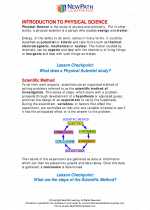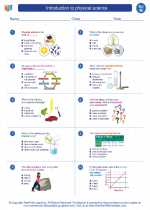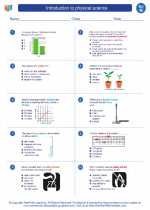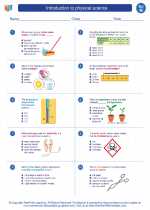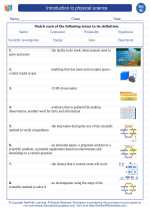Rotational Motion
Rotational motion is the motion of an object around an axis. It involves the measurement of angles, angular velocity, and angular acceleration. This type of motion is common in various everyday phenomena such as the spinning of a wheel, the movement of a merry-go-round, or the rotation of the Earth.
Key Concepts
- Angular Displacement: The change in angular position of an object with respect to a reference point. It is measured in radians or degrees.
- Angular Velocity: The rate of change of angular displacement with respect to time. It is measured in radians per second (rad/s).
- Angular Acceleration: The rate of change of angular velocity with respect to time. It is measured in radians per second squared (rad/s2).
- Moment of Inertia: A measure of an object's resistance to changes in its rotation rate. It depends on the object's mass distribution and the axis of rotation.
Equations
There are several equations that describe rotational motion, including:
1. Angular Displacement: θ = s/r where θ is the angular displacement, s is the arc length, and r is the radius.
2. Angular Velocity: ω = Δθ/Δt where ω is the angular velocity, Δθ is the change in angular displacement, and Δt is the change in time.
3. Angular Acceleration: α = Δω/Δt where α is the angular acceleration, Δω is the change in angular velocity, and Δt is the change in time.
4. Moment of Inertia: I = Σmr2 where I is the moment of inertia, m is the mass, and r is the distance from the axis of rotation.
Study Guide
To study rotational motion effectively, consider the following tips:
- Understand the concept of angles and radians, as they are fundamental to describing rotational motion.
- Practice calculating angular displacement, velocity, and acceleration using the appropriate equations.
- Learn to apply the concept of moment of inertia to different objects and understand how it affects their rotational behavior.
- Work through sample problems and exercises to reinforce your understanding of rotational motion.
- Explore real-world examples of rotational motion, such as the motion of a spinning top or the movement of planets in our solar system.
By mastering these concepts and practicing related problems, you can gain a solid understanding of rotational motion and its applications.
.